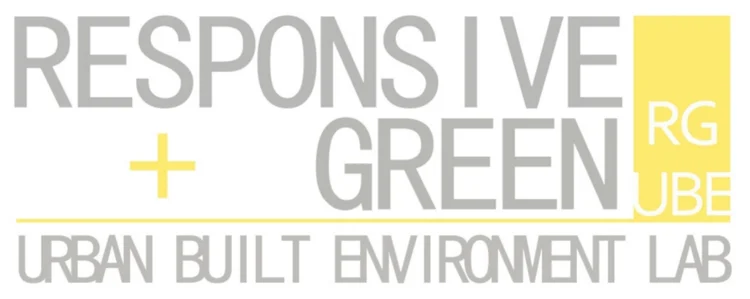

Anna Maria Bonnici
0
0
2015-11-17T07:52:00Z
2015-11-17T07:52:00Z
1
111
635
5
1
745
14.0
Normal
0
false
false
false
EN-US
JA
X-NONE
/* Style Definitions */
table.MsoNormalTable
{mso-style-name:"Table Normal";
mso-tstyle-rowband-size:0;
mso-tstyle-colband-size:0;
mso-style-noshow:yes;
mso-style-priority:99;
mso-style-parent:"";
mso-padding-alt:0cm 5.4pt 0cm 5.4pt;
mso-para-margin:0cm;
mso-para-margin-bottom:.0001pt;
mso-pagination:widow-orphan;
font-size:12.0pt;
font-family:Cambria;
mso-ascii-font-family:Cambria;
mso-ascii-theme-font:minor-latin;
mso-hansi-font-family:Cambria;
mso-hansi-theme-font:minor-latin;}
The building sector accounts for approximately 40% of total global energy usage. Energy consumption for space heating and cooling makes up 60% of the total consumed energy in buildings. This paper presents a comprehensive technical review of passive wall systems in building envelopes while discussing their respective capabilities in optimizing energy efficiency. Different types of energy efficient walls such as Trombe Walls, Autoclaved Aerated Concrete Walls, Double Skin Walls, and Green Walls are explored. Furthermore, novel concepts for optimizing energy efficiency in building envelopes are also introduced. Finally the utilization of passive wall systems to save energy while improving the building environmental impacts is discussed.Current output:Publication 1
info
prev / next
1
·
